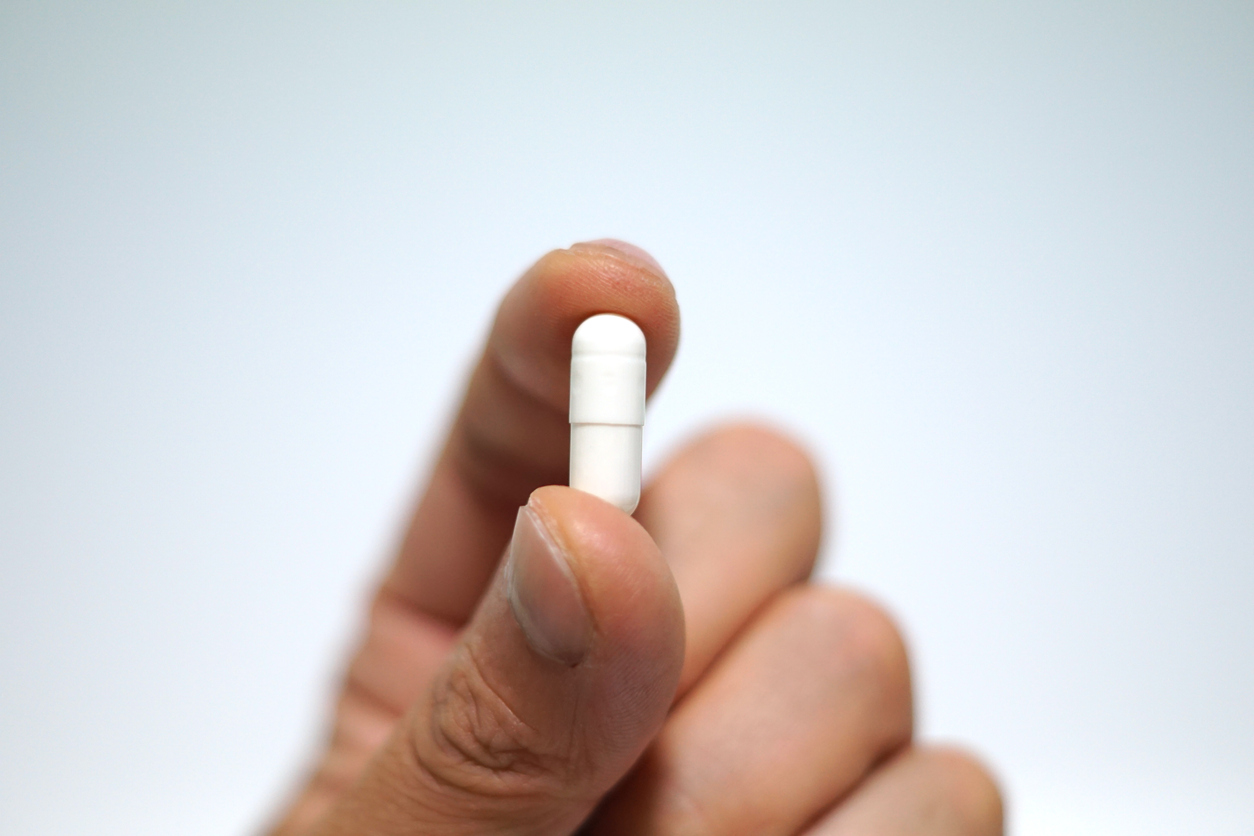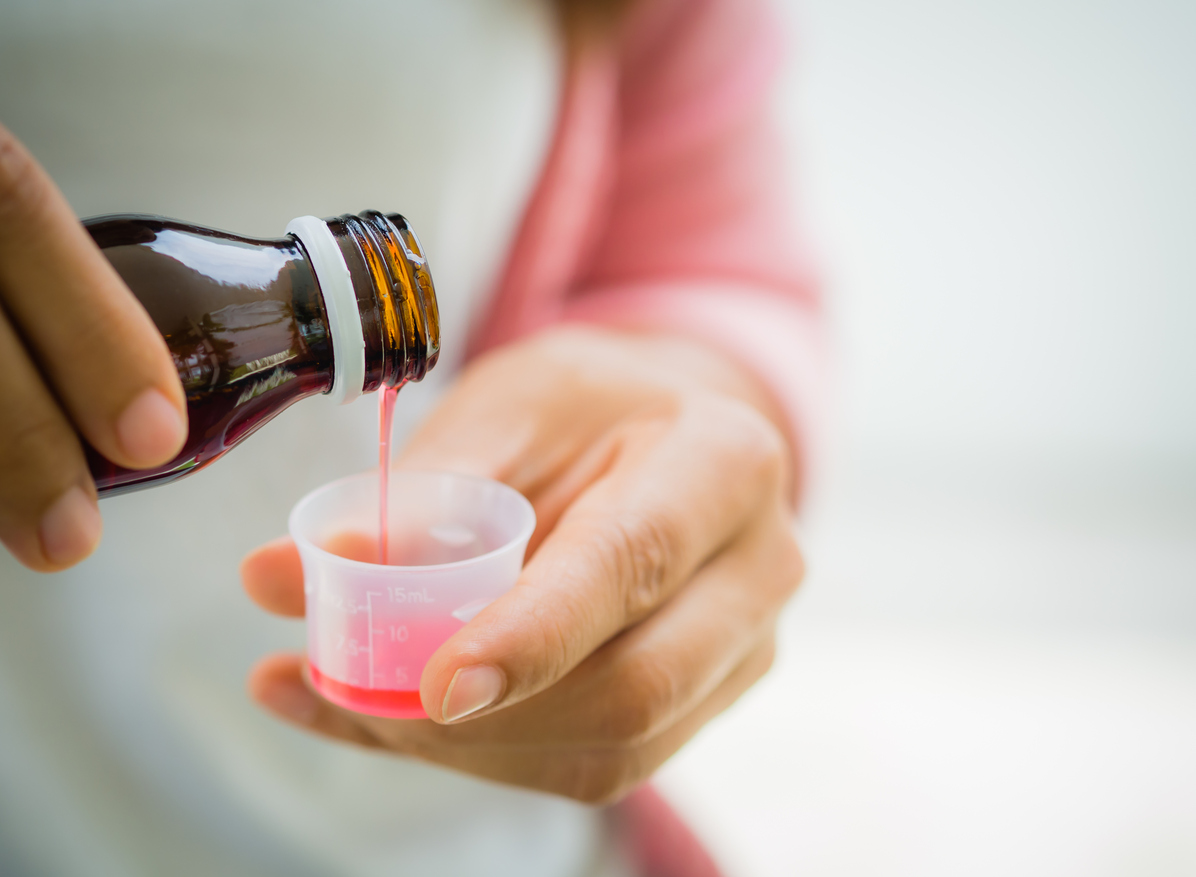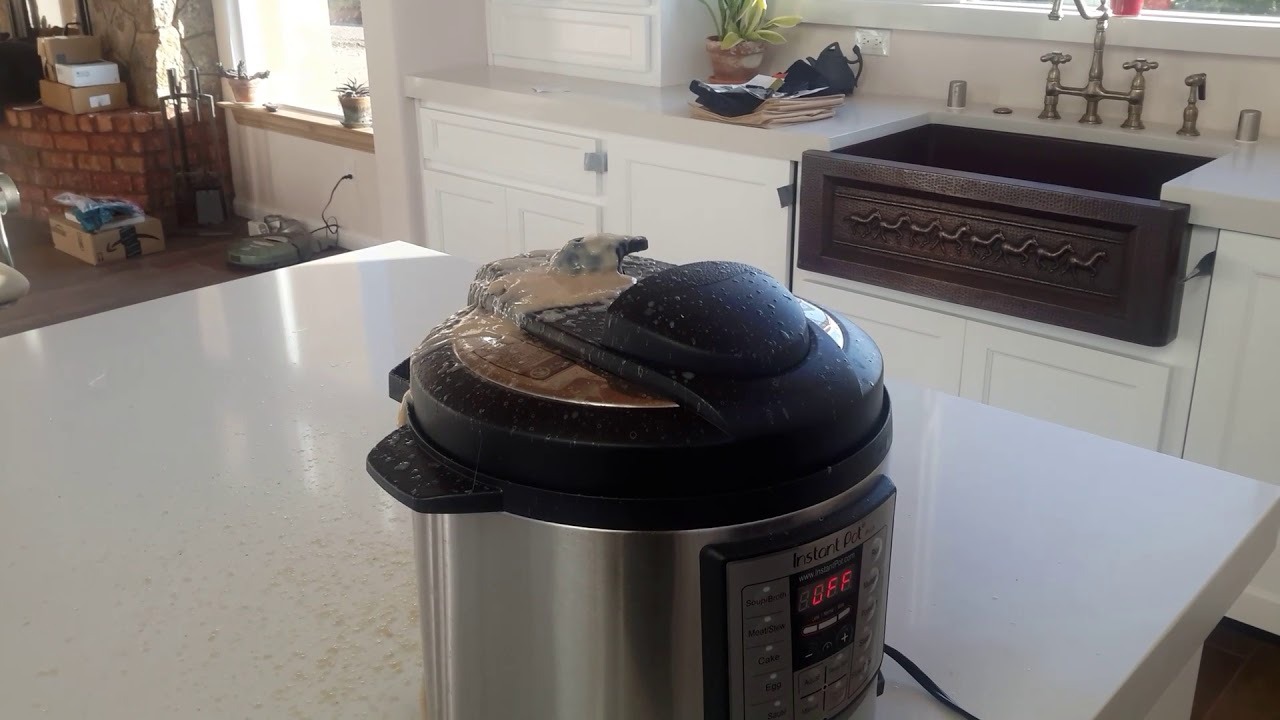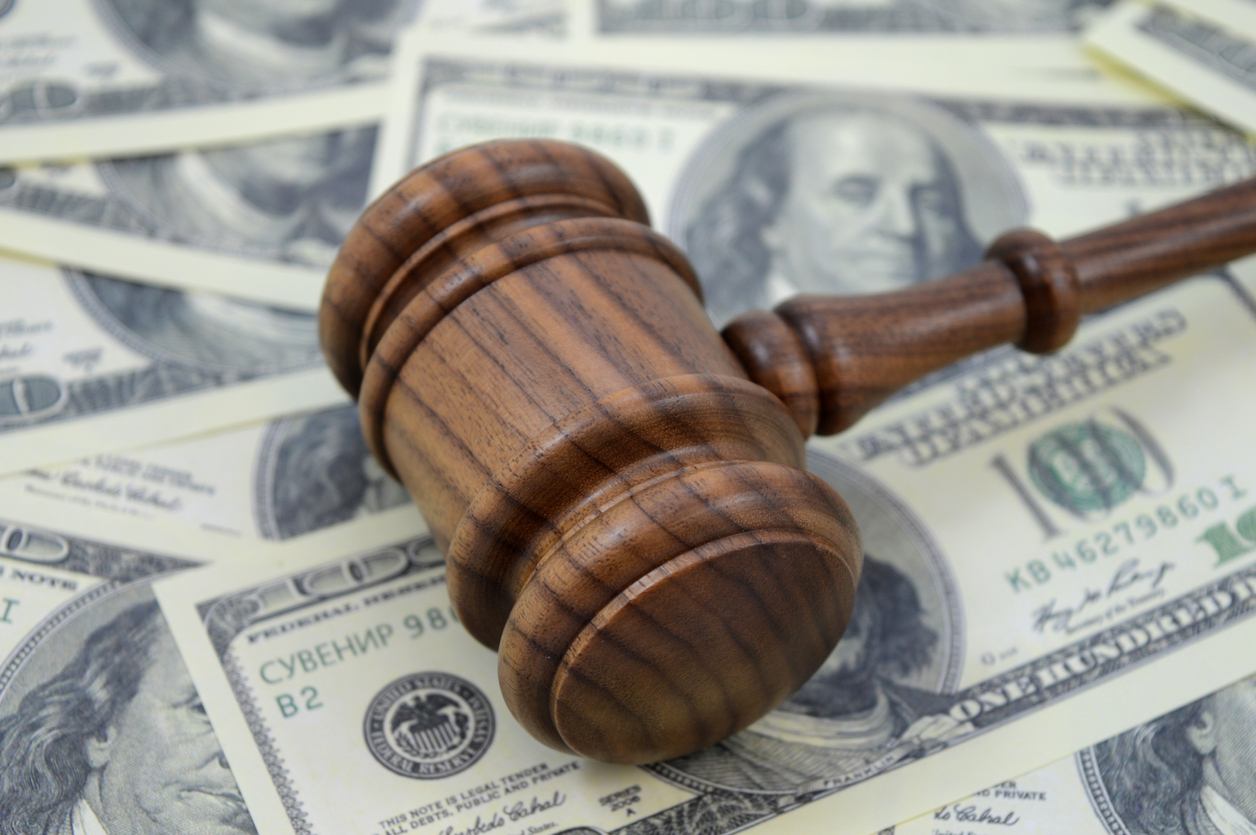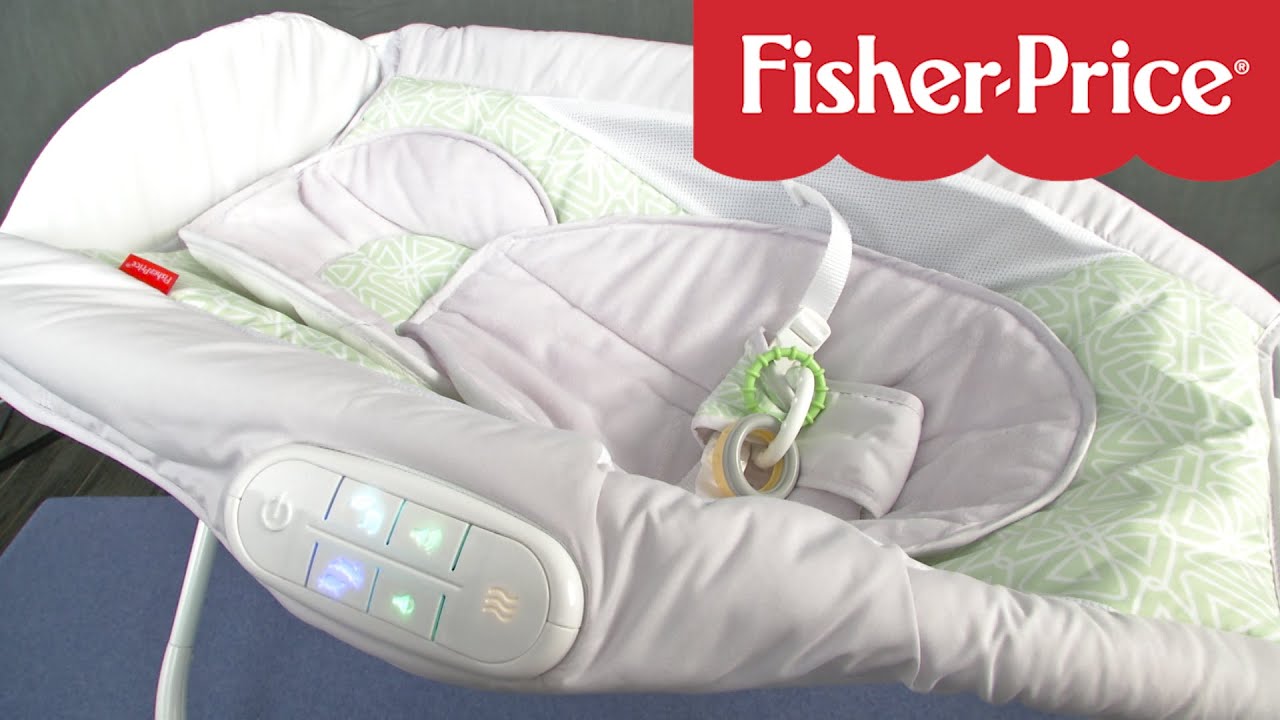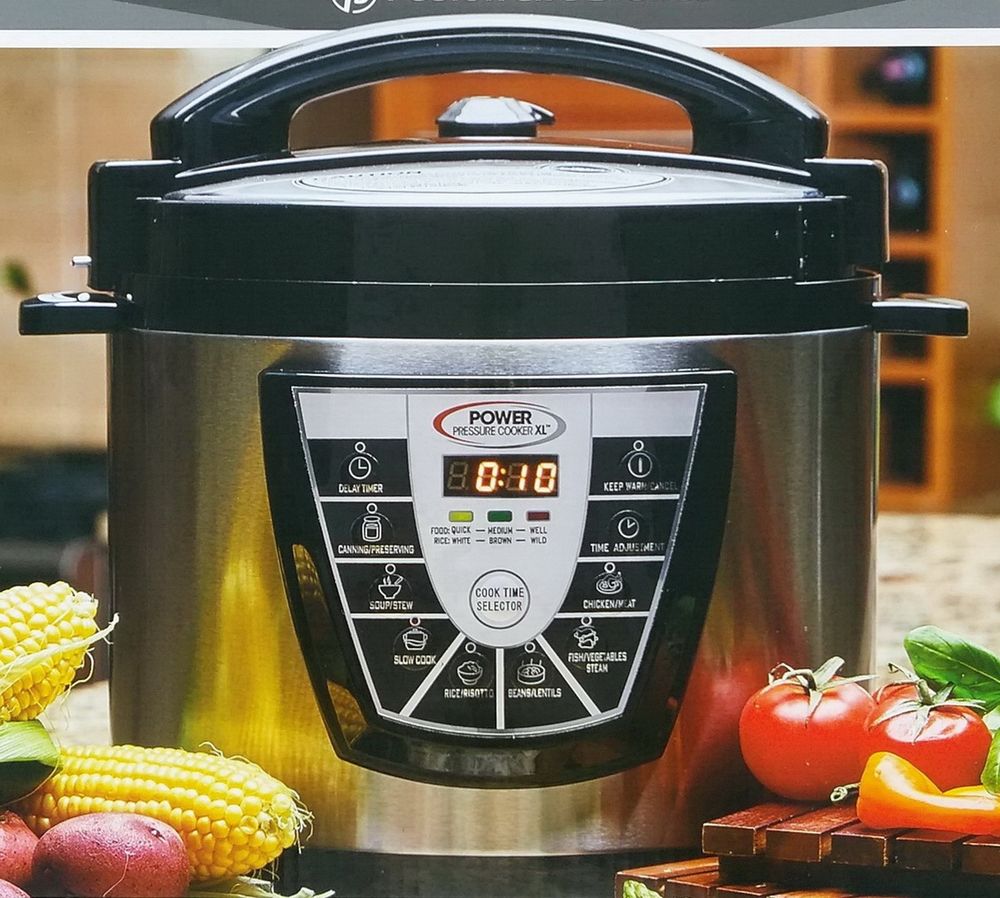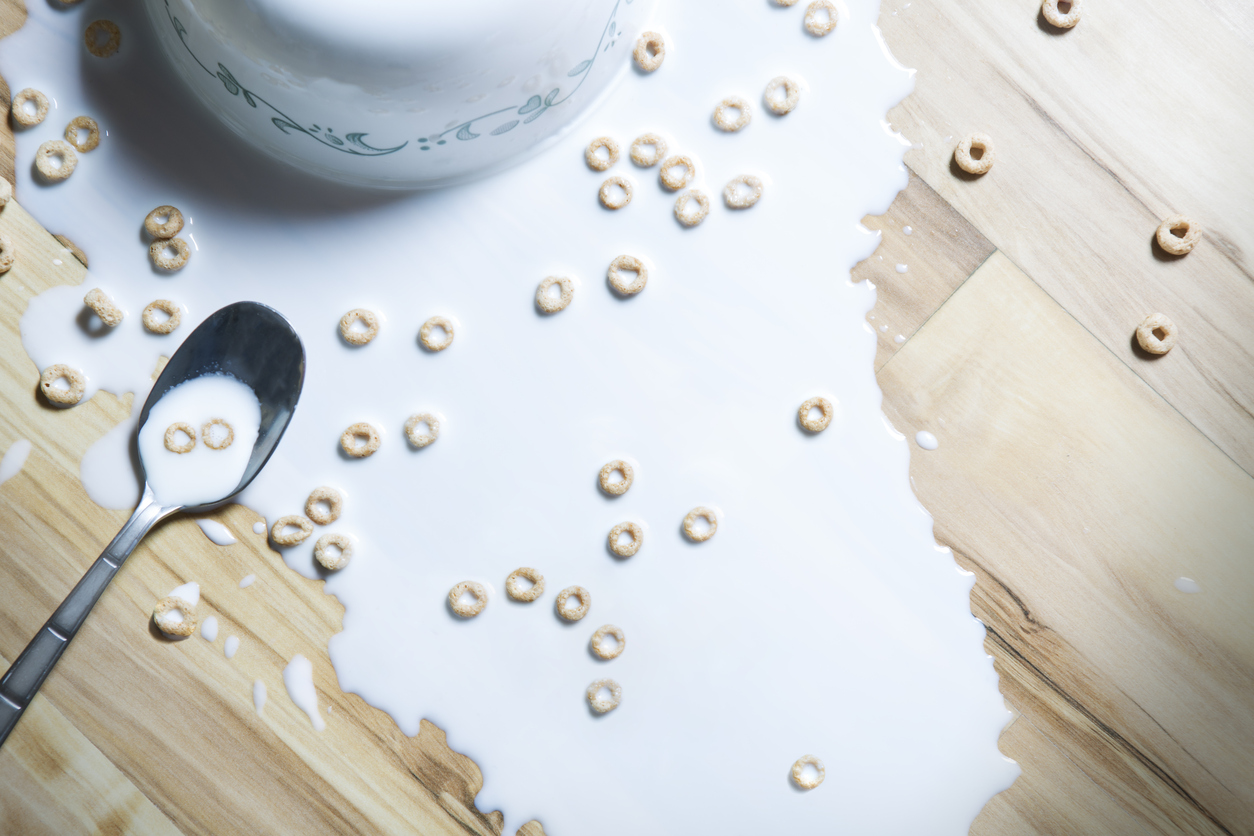
Trace amounts of glyphosate, the chemical component at the center of a Roundup herbicide lawsuit settlement, was found in popular cereals in a recent report issued by the Environmental Working Group.
The report, titled ‘Breakfast With a Dose of Roundup?’ published findings that popular foods like Cheerios, Quaker Oats and Lucky Charms contained trace amounts of glyphosate, a chemical component used in the popular herbicide Roundup.
This stirred up controversy because it comes on the heels of a major settlement last week between a school groundskeeper and agrochemical giant Monsanto.
The name ‘glyphosate’ has become synonymous with a recent case that found Monsanto liable for Dwayne Johnson’s terminal cancer. Glyphosate has been found to likely not cause cancer in low levels, but San Francisco jury ordered Monsanto to pay $289 million in damages to Johnson, who claims he developed non-Hodgkin’s lymphoma after using Roundup for years on the job.
The jury found that Monsanto intentionally kept information about glyphosate, the key component of its herbicide in Roundup weedkiller, from the public. Monsanto was ordered to pay $39 million for Johnson’s medical bills, pain and suffering, with $250 million for punitive damages.
A World Health Organization group known as the International Agency for Research on Cancer (IARC) issued a controversial statement in 2015 saying glyphosate is a “likely human carcinogen” which has stirred debate among researchers.
Studies between the relationship of glyphosate and if it causes cancer lean heavily towards the negative, but there is still debate on the accuracy of those claims. Some have said the determination was bogus, even suggesting IARC edited parts out of its review to make glyphosate look more harmful than it really is.
However, glyphosate is still a chemical and chemicals used in products intended for human consumption are regulated.
The initial report targeted cereals intended for children and found glyphosate was higher than determined safe for 43 of 45 cereals tested. Any cereal with 160 ppb, parts per billion, is marked “unsafe.”
However, the Environmental Protection Agency indicates the legal limit for glyphosate in foods for adults is 5,000 parts per billion. The cereal report drew from California standards, as opposed to the EPA, which are roughly 60 times more stringent.
Glyphosate is listed as a chemical known to cause cancer in the state of California. After the authors crunched the numbers, a .01 milligram ingestion of cereals with glyphosate every day would give someone a one-in-a-million change of developing cancer.
That’s how the cereals were determined by Environmental Working Group to be unsafe. However, a spokesperson for General Mills, which manufactures Cheerios and Lucky Charms, said in a statement to Fast Company, “Our products are safe and without question they meet regulatory safety levels. The EPA has researched this issue and has set rules that we follow.”
Though studies thus are reason to believe that small amounts of glyphosate, like any chemical we put in our bodies, is safe for human consumption, studies could come out later on that put a different spin on why it shouldn’t be used.
In the meantime, glyphosate remains controversial due to its association with Dewayne Johnson vs. Monsanto. And cereals are still safe to eat at least for now.
